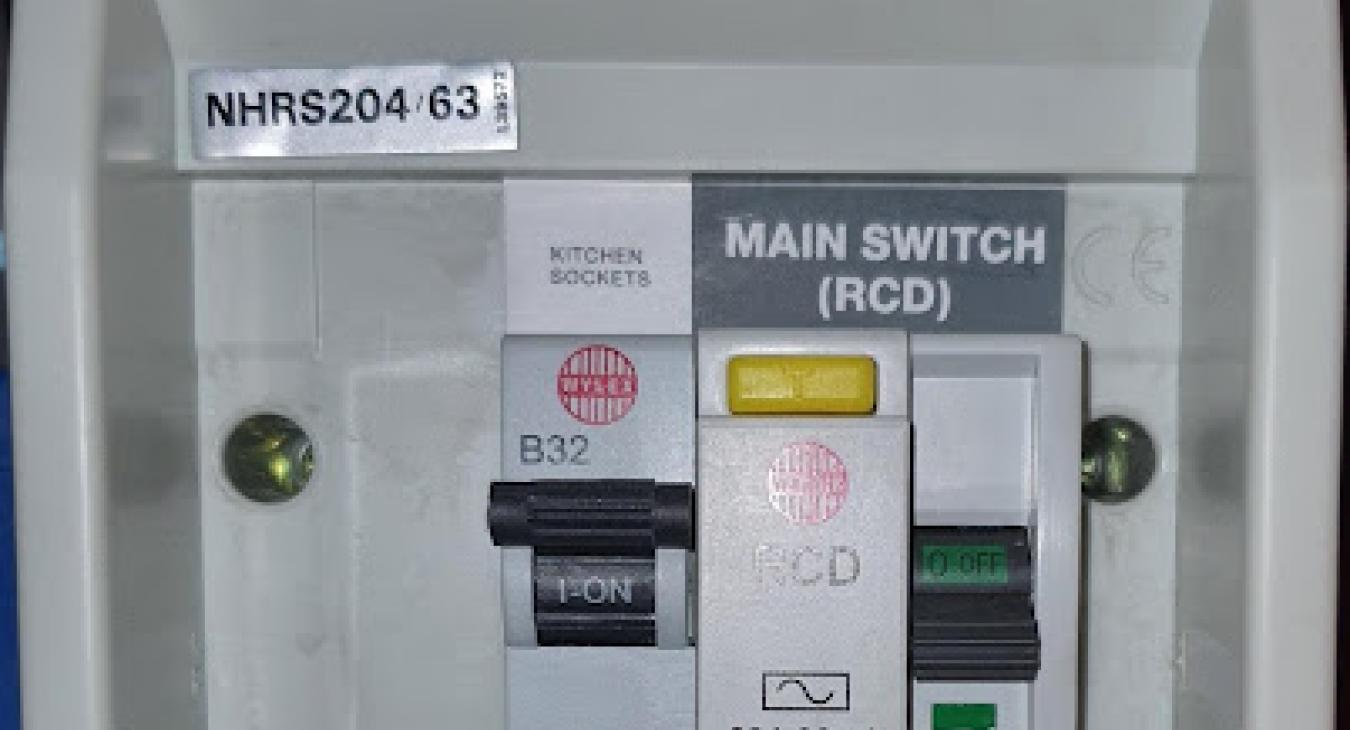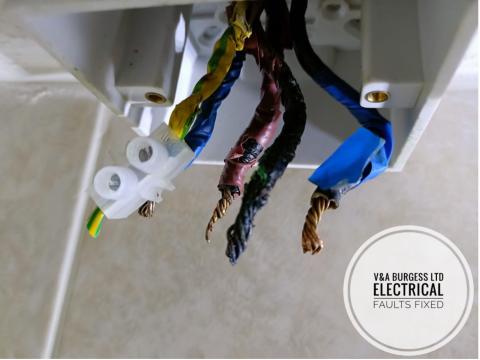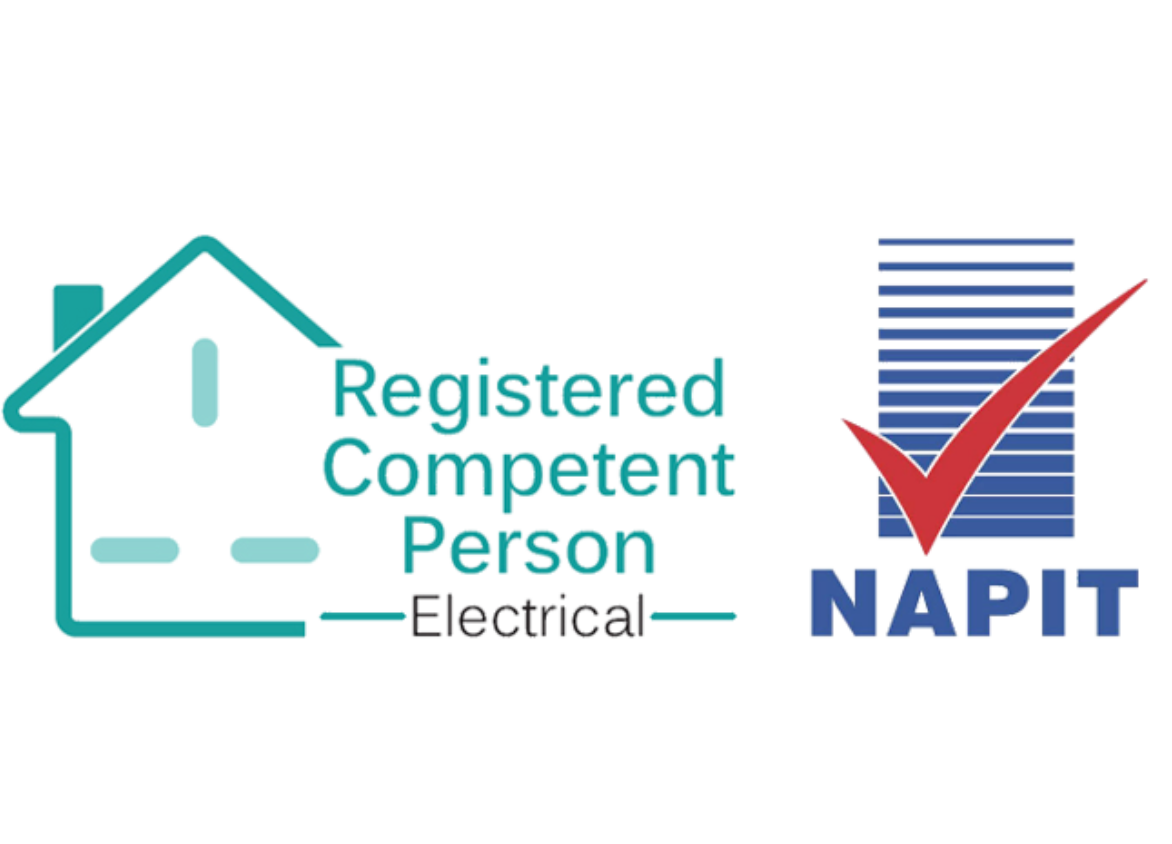
What is a Trip Switch?💭
A “trip switch” is the name for those switches that are contained inside our consumer units or fuse boxes. Most of the electrical equipment in our homes now consists of a consumer unit with trip switches. Older units that contain fuse wire or fuses are often referred to as fuse boxes and these will not contain trip switches. A trip switch has many purposes and the type of trip switch will determine its purpose and abilities. If you have an old fuse box containing fuse wire or fuses then it is definitely time to consider replacing this. These older units are now several decades old and should be replaced for more modern, safer equipment that provides better protection to the users of the installation and occupants of the home.
Trip switches are far superior to fuse wire when it comes to protecting the cabling from overload, fire and protecting the occupants of the home from electric shock and burns.
What types of Trip Switch are there?🤔
Trip Switches come in many different forms. There are the following types of “trip switch”:
- MCB: The miniature circuit breaker. This device will turn off the power to the affected circuit when it detects that there is too much electrical current being used or when it detects a short circuit resulting in a very high fault current. This is one of the most basic trip switches now used and its effective operation relies on your electrical installation having been designed and installed correctly. Where poor electrical design or installation practice has been carried out, this device is not guaranteed to trip! ☹ An electrician will be able to determine if this device is likely to work correctly under fault conditions.
- RCD, RCB, RCCB, GFCI: Residual Current Device, Residual Circuit Breaker, Residual Current Circuit Breaker, Ground Fault Circuit Interrupter (mostly abroad). All these device are designed to prevent dangerous electrical currents from causing electrocution or sever electric shock. The devices are installed in your consumer unit or around the home in some cases and they aim to prevent any electrical current above a certain threshold from passing through your body. They are essentially ‘Electric Shock Prevention’ in its most modern form.
There are many of these devices installed in UK homes today and many of these need replacing! It is important to talk to your electrician about the most up to date form of electric shock protection for you and your family. With the influx of modern electrical appliances and equipment in our homes, the older style of electric shock protection devices, in some cases, cannot cope and will require replacing for newer, more effective devices. 😊
- RCBO: These devices combine the MCB and the RCD into one. They are the best way of achieving compliance with the safety wiring regulations and will mean that if there is an electrical fault, inconvenience in the home will be minimised. Normally they will disrupt just the faulty circuit or area within the home and not leave half of, or the entire property in darkness! These devices are less common in consumer units than the MCB, RCD set up but still exist. Lots of these devices will now be aging and may require replacing for the most modern up to date electric shock protection. Talk to your electrician and ask if these may require updating.
- AFDD: The ARC FAULT DETECTION DEVICE. The absolute best and most up to date protection that there is. This device not only combines the MCB and RCD together but offers fire protection in the form of ARC detection. It will detect electrical arcing and sparking in circuits and turn off when it detects this. These are fairly new to the domestic market at the time of writing and the technology is still rather expensive. As such, we recommend the installation of RCBO technology until the AFDD comes down in price.
- MAIN SWITCH: This is not a trip switch generally unless it has an RCD element to it but rather it is an isolator for the switch gear in the consumer unit and electrical circuits. In the best electrical installations there is also an extra one of these installed on the incoming wiring TO the consumer unit meaning that if there is ever a fire or problem inside the consumer unit the the power to it can be completely isolated.
How should I test my Trip Switch and When?⚡
Trip Switches that contain a T button (Test) should be tested every 6 months (See Picture). This is achieved by pressing the test button and seeing if the trip switch turns off. If it turns off, then great, leave it and try again in 6 months time. If not, then the device is no good and should be replaced by your electrician.
Where devices such as MCB’s do not have a trip or test button, confirmation that these devices will work under fault conditions should be checked by an electrician who can determine their operation under fault conditions by taking measurements and electrical testing.
How do I know if my trip switch is Faulty❓
Trip Switches rarely go faulty but it can happen. Listen out for strange sounds like buzzing or crackling, funny smells like fishy plastic burning smells can indicate that there are issues too! The absolute best way to find out if your trip switches are faulty or likely to be broken is to call your local emergency electrician and they will be able to test and inspect the electrics to determine if there are issues. 😊
If you have a “trip switch” tripping, it is more likely that there is an issue on the electrical circuit and NOT with the switch. These issues are best investigated by a professional with the right equipment, knowledge and expertise to safely carry out the work.
Our contact info:
📧 Contact us










